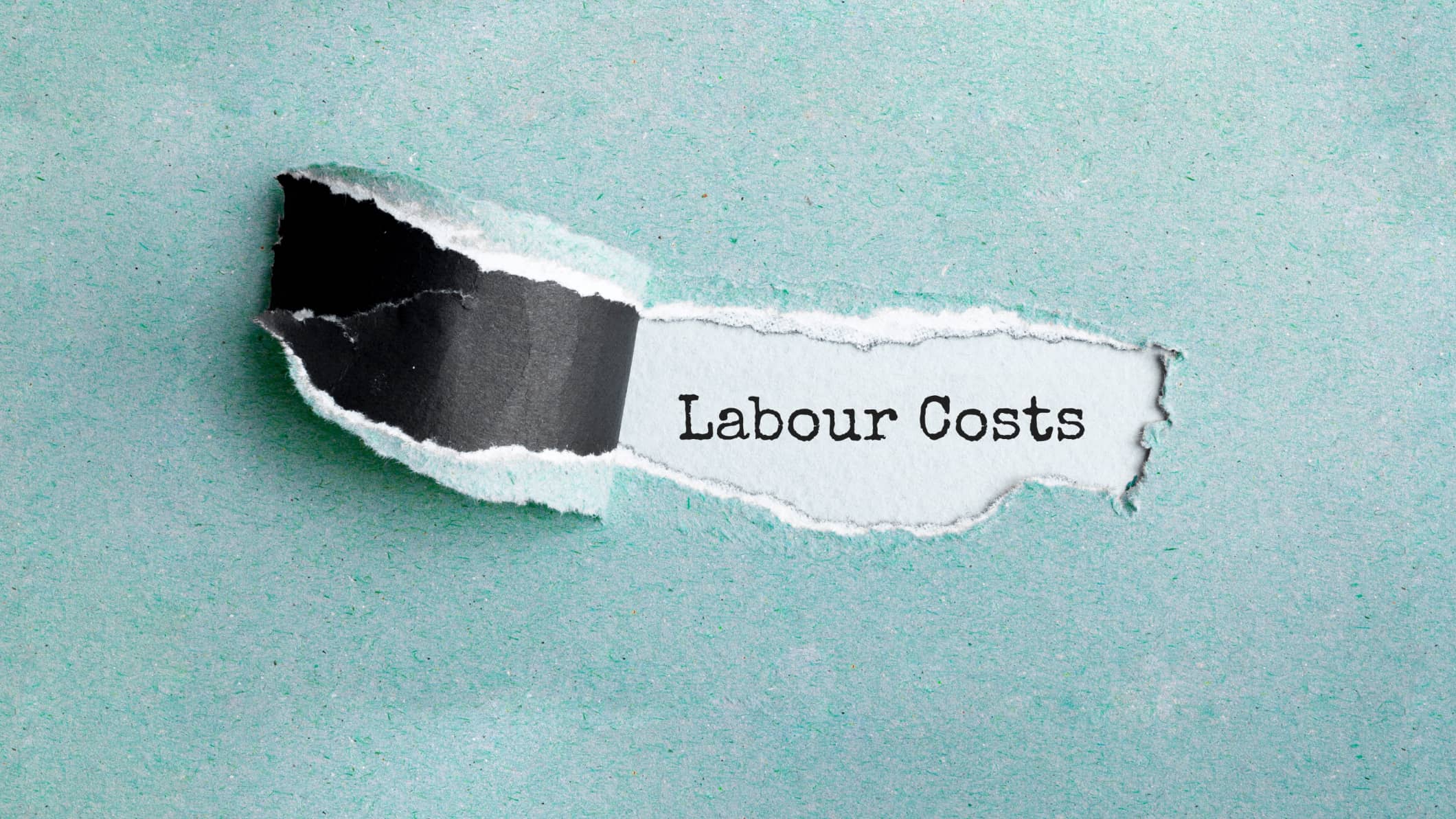When drawing up the annual report of any company and the many components that go into the calculation of profits and losses, labour forms an integral part. It is one of the most basic expenses of any company and when added up, it says a great deal about a country’s growth rate and its labour policies.
Labour costs includes the entire amount which is paid directly and indirectly to employees. It includes the basic wages, dearness allowance, contributions to the pension fund, free food, and lodging among others. Here are some of the reasons that lead to increasing labour costs in companies.
Decreasing productivity
One of the main reasons behind the increase of labour costs is the decrease in productivity. This might occur due to the increase in idle time and increase in employee turnover or higher attrition rates. Idle time is the non-productive time spent by the employees during working hours.
Long lunch breaks are one of the examples, where employees spend a considerable amount of productive hours in non-productive activities. Errors in work also increase both loss in wastage and time spent on rework. This is also an example of decreasing productivity, which ultimately leads to an increase in labour costs. Higher turnover also leads to an increase as with each new batch of employees the company has to bear the related hiring and training costs.
Higher pay to employees
This particular reason of increasing labour costs can be due to a number of reasons:
- Government regulations – Often the government comes up with certain rules and regulations to put a standard amount that has to be paid by organisations to their employees. It could be in the form of an increase in their basic pay or in the form of other employee benefits and perks, like health insurance, and others.
- Supply-demand mismatch – When there is a higher demand of labour in the market due to increased competition in the industry or due to labour union strikes, labour costs might go up in order to secure employees to continue the production process.
- Shortage of employable skill – Some industries require skilled or semi-skilled labour. When there is dearth in such skill, labour costs may go up in order to secure the handful of people who are skilled enough for the job. Similarly, when organisations hire unskilled labour, they have to train them to get them ready for the job, and this too increases labour costs.
Each of these elements contributes to higher expenses, impacting overall profitability and operational efficiency. Addressing these challenges requires a strategic approach to workforce management and cost control.
To effectively navigate these complexities, companies can benefit from leveraging advanced HR solutions such as OneAdvanced Payroll. It offers comprehensive tools to streamline payroll processing, ensure compliance with regulatory changes, and manage employee benefits efficiently.
Organisations can better manage labour costs, reduce administrative burdens, and enhance overall productivity. Embracing sophisticated HR technologies not only helps in mitigating the impact of rising labour costs but also supports a more agile and responsive workforce management strategy.
To know more about our solutions, please visit our website or contact us today.
